- 2025
-
Andy Hope 1930
DELIRIOUS ESCAPE
20.9. - 31.10.2025 -
Joseph Zehrer
28.6. - 2.8.2025 -
Anne Rößner
grünende
10.5. - 14.6.2025 -
Heimo Zobernig
14.3. – 26.4.2025 -
Johanna Klingler
gemeinsame Körper
16.1. – 1.3.2025
-
Andy Hope 1930
- 2024
-
Aribert von Ostrowski
stickers
26.10. – 20.12.2024 -
Franka Kaßner
HINTERGRUND1
__________________________
1mit Fußnote
7.9. – 19.10.2024
-
Trevor Shimizu
2007 - 2017
29.6. - 3.8.2024 -
Thomas von Poschinger
energy
18.5. - 22.6.2024 -
André Butzer, Gabi Dziuba
Andy Hope 1930, Franka Kaßner
Johanna Klingler, Jinn Bronwen Lee,
Justin Lieberman, Hans-Jörg Mayer
Aribert von Ostrowski, Berthold Reiß
Anne Rößner, Kristina Schmidt
Trevor Shimizu, Frank Stürmer
Hank Schmidt in der Beek
Emanuel Wadé, Joseph Zehrer
Heimo Zobernig
23.3. - 11.5.2024 -
Kristina Schmidt
This could be a groupchat
27.1. - 16.3.2024
-
Aribert von Ostrowski
- 2023
-
Antoine Catala / Erika Landström
At Christine's
28.10. - 19.1.2024 -
Berthold Reiß
Aeneis
9.9. - 14.10.2023 -
Sarah Bogner
Arrière Garde
3.6. - 8.7.2023 -
Justin Lieberman
GENERIC PROCEDURES
22. 4. - 27. 5. 2023 -
Emanuel Wadé
11.03. - 15.04.2023 -
André Butzer
31.01. - 04.03.2023
-
Antoine Catala / Erika Landström
- 2022
-
Frank Stürmer
29.10. - 17.12.2022 -
Kenneth Anger / Hans-Jörg Mayer
10.09. - 22.10.2022 -
Anne Rößner
Madame de Maintenant
09.07. - 13.08.2022 -
Andy Hope 1930
A Handful of Gravity
21.05. - 25.06.2022 -
Trevor Shimizu
Luminism (American art style)
09.04. - 14.05.2022 -
Joseph Zehrer
Drehbuch
29.01. - 26.03.2022
-
Frank Stürmer
- 2021
-
Heimo Zobernig
06.11.-18.12.2021
-
P.A.D.
München Monopoly
11.09.-16.10.2021 -
Kristina Schmidt
STAY COOL
11.09. - 30.10.2021
-
Franka Kaßner
Der karge Acker
06.07.2021 - 07.08.2021
-
Group show
Flesh and Time and Bread and Friends
curated by Kristina Schmidt
21.05. - 26.06.2021 -
Emanuel Seitz
09.03.2021 - 24.04.2021 -
Mahlergruppe
PAZUZU
22.01.2021 - 05.03.2021
-
Heimo Zobernig
- 2020
-
Group show
a skeleton, just like the rest of us
curated by Franziska Linhardt
24.10.2020 - 19.12.2020
-
Thomas von Poschinger /
Henning Strassburger
Kir Royal
12.09.2020 - 17.10.2020 -
Hank Schmidt in der Beek
Große Happen in der 2. und 4. Dimension
04.07.2020 - 08.08.2020 -
Group show
Wenn die Kastanien blühen
22.05.2020 - 27.06.2020 -
Emanuel Wadé
22.02.2020 – 15.05.2020 -
Kristina Schmidt
Schmidti City
11.01.2020 - 15.02.2020
-
Group show
- 2019
-
Berthold Reiß
EVERYTHING LOST IS MEANT TO BE FOUND
09.11.2019 - 21.12.2019 -
Group show
GOLDIE'S GALLERY
14.09.2019 – 31.10.2019 -
André Butzer, Franka Kaßner, Hans-Jörg Mayer, Kristina Schmidt, Heimo Zobernig
BLACK RADIATION
05.07.2019 - 03.08.2019 -
Franka Kaßner
IM OSTEN GEHT DIE SONNE AUF
18.05.2019 - 29.06.2019 -
Aribert von Ostrowski
PLEIN AIR
06.04.2019 - 11.05.2019 -
Anne Rößner
21 addition
23.02.2019 - 30.03.2019 -
André Butzer
12.01.2019 - 16.02.2019
-
Berthold Reiß
- 2018
-
Gabi Dziuba & Joseph Zehrer
Schiff in Schräglage, von gelbem Licht umflirrt.
07.12.2018 - 05.01.2019 -
Frank Stürmer
LIBERTATEA
27.10.2018 - 01.12.2018 -
Andy Hope 1930
A Space Philosophy: Plozloz and Beyond
15.09.2018 - 20.10.2018 -
Group Show
ISLAND OF LOST SOULS
07.07.2018 - 04.08.2018 -
Thomas von Poschinger
Insular State
19.05.2018 - 23.06.2018 -
Rochelle Feinstein, Aaron Gemmill, Justin Lieberman, John Miller, Olivia Mole
Kein Schmerz, kein Gedanke!
07.04.2018 - 12.05.2018 -
Emanuel Seitz
24.02 - 31.03.2018 -
André Butzer, Astrid Fernández, Andy Hope 1930, Maja Körner, Emanuel Seitz, Frank Stürmer
διαφωτισμός
19.12.2017 - 17.02.2018
-
Gabi Dziuba & Joseph Zehrer
- 2017
-
Silva Reichwein
TELEGONE
28. 10. 2017 - 09. 12. 2017 -
Aribert von Ostrowski
Portrait of an Image
16.09.2017 - 21.10.2017 -
Group show
Sea Sex and Sun
01.07.2017 - 31.07.2017 -
Hans-Jörg Mayer
20.05.2017 – 24.06. 2017 -
Antoine Catala
Theory of Mind
08.04. 2017 – 13.05. 2017 -
Trevor Shimizu
25.02.2017 - 01.04.2017 -
Mahlergruppe
360°
14.01.2017 - 18.02.2017
-
Silva Reichwein
- 2016
-
André Butzer / Philipp Schwalb
05.11.2016 - 22.12.2016 -
Franka Kaßner
AMERIKA TODAY
17.09.2016 - 22.10.2016 -
Group show
Tender is The Night
16.07.2016 - 06.08.2016 -
Heimo Zobernig
04.06.2016 - 09.07.2016 -
Justin Lieberman
installation view
09.04.2016 - 28.05.2016 -
Emanuel Seitz
27. 02. 2016 - 02. 04. 2016 -
Thomas von Poschinger
STARS
16. 01. 2016 – 20. 02. 2016
-
André Butzer / Philipp Schwalb
- 2015
-
Frank Stürmer
31. 10. 2015 - 12. 12. 2015 -
Gabi Dziuba & Hans-Jörg Mayer
Showroom
08. 12. 2015 - 19. 12. 2015 -
Hank Schmidt in der Beek
Zungguzungguguzungguzeng
12. 09. 2015 - 24. 10. 2015 -
Group show
HOT TOWN, SUMMER IN THE CITY
17. 07. 2015 – 08. 08. 2015 -
Alexi Tsioris
13. 06. 2015 – 01. 08. 2015 -
Trevor Shimizu
Appropriation 2
09. 06. 2015 – 11. 07. 2015 -
Thomas Winkler
25. 04. 2015 – 30. 05. 2015 -
Aribert von Ostrowski
The Romantic Size of Capitalism
14. 03. 2015 – 18. 04. 2015 -
Roland Burkart
GRID CELL SYSTEM
31. 01. 2015 – 07. 03. 2015
-
Frank Stürmer
- 2014
-
Markus Selg
DOORS OF PERCEPTION
08. 11. 2014 – 19. 12. 2014 -
Josef Knoll
LICK IT CUT IT
13. 09. 2014 – 24. 10. 2014 -
Group show
11. 07. 2014 – 09. 08. 2014 -
André Butzer
24. 05. 2014 – 05. 07. 2014 -
Andy Hope 1930
Echoes from an Unlimited Company
05. 04. 2014 – 16. 05. 2014 -
Dan Graham / Heimo Zobernig
Art as Design / Design as Art
08. 02. 2014 - 22. 03. 2014
-
Markus Selg
- 2013
-
Berthold Reiß
SVPERFLAX
30.11.2013 - 30.01.2014 -
Hans-Jörg Mayer
DOG BEACH
19.10.2013 – 23.11.2013 -
Emanuel Seitz
14.09.2013 - 12.10.2013 -
Group show
If I had asked people what they wanted, they would have said faster horses
12.07.2013 - 03.08.2013 -
Franka Kaßner
Neuer Deutscher Herbst. Phase I - Prägung
01.06.2013 - 06.07.2013 -
Lorenz Straßl
19.04.2013 - 25.05.2013 -
Aribert von Ostrowski
Sentimental Boards
08.03.2013 - 13.04.2013 -
Trevor Shimizu
Romantic
25.01.2013 - 02.03.2013
-
Berthold Reiß
- 2012
-
Thomas Winkler
29.11.2012 - 19.01.2013 -
Frank Stürmer
Utopia concreta
20.10.2012 - 24.11.2012 -
Anne Rößner
the moon is mine
08.09.2012 - 13.10.2012 -
Summer Show
06.07.2012 - 04.08.2012 -
Antoine Catala
TV
26.05.2012 - 30.06.2012 -
André Butzer
14.04.2012 - 19.05.2012 -
Thomas Schroeren
DKNY
03.03.2012 - 07.04.2012 -
Emanuel Seitz
13.01.2012 - 25.02.2012
-
Thomas Winkler
- 2011
-
Andy Hope 1930
Silent Running
26.11.2011 - 07.01.2012 -
Markus Selg
Storrada
10.09.2011 - 22.10.2011 -
Mahlergruppe
LOOK.NAVIGARE NECESSE EST
02.07.2011 - 30.07.2011 -
André Butzer, Robert Crotla, Dan Graham, Thilo Heinzmann, Andy Hope 1930, Franka Kaßner, Hans-Jörg Mayer, Aribert von Ostrowski, Anne Rößner, Emanuel Seitz, Markus Selg, Lorenz Straßl, Frank Stürmer, Alexi Tsioris, Heimo Zobernig
All I Desire
21.05.2011 - 25.06.2011 -
Lorenz Straßl
02.04.2011 - 07.05.2011 -
Franka Kaßner
Dumpfer Winkel
04.02.2011 - 12.03.2011
-
Andy Hope 1930
- 2010
-
Aribert von Ostrowski
Happy Railway Paintings
11.12.2010 - 29.01.2011 -
Showroom Muellerstraße 20
28.11.2010 - 18.12.2010 -
Hans-Jörg Mayer
Gaga Soul
30.10.2010 - 04.12.2010 -
Dan Graham, John Miller
09.09.2010 - 23.10.2010 -
Group show
11.06.2010 - 07.08.2010 -
Frank Stürmer
epoca de aur
23.04.2010 – 05.06.2010 -
André Butzer
12.03.2010 – 17.04.2010 -
Robert Hawkins, Andy Hope 1930
Ghost Ships & Ornamental Skies
30.01.2010 – 06.03.2010
-
Aribert von Ostrowski
- 2009
-
Anne Rößner
Speak my language
12.12.2009 – 23.01.2010 -
Robert Crotla, Lorenz Straßl
30.10.2009 – 05.12.2009 -
Alexi Tsioris
10.09.2009 – 24.10.2009 -
Dan Graham, Trevor Shimizu, Robert Crotla, Heimo Zobernig, Anne Rößner, André Butzer, Frank Stürmer, Franka Kaßner, Alexi Tsioris, Michael Hackel, Josh Kline, Berthold Reiß, Markus Selg, Hans-Jörg Mayer, Andy Hope 1930, Günther Förg, Antoine Catala, Klaus Auderer, Emanuel Seitz, Thilo Heinzmann, Emanuel Wadé, Anton Bosnjak, Lorenz Straßl
*MAGIC JACKPOT*
03.07.2009 – 08.08.2009 -
Franka Kaßner
Heimatabend
08.05.2009 – 20.06.2009 -
Emanuel Seitz
13.03.2009 – 30.04.2009 -
Thilo Heinzmann
Die Liebe
16.01.2009 – 28.02.2009
-
Anne Rößner
- 2008
-
Heimo Zobernig
07.11.2008 – 23.12.2008 -
Trevor Shimizu, Josh Kline, Dean Kenning, Devon Costello, Antoine Catala
Workspace
25.09.2008 – 01.11.2008 -
Markus Selg
Fata Morgana
30.05.2008 – 30.07.2008 -
Andy Hope 1930
Valleys of Neptune
12.04.2008 – 24.05.2008 -
André Butzer
15.02.2008 – 29.03.2008
-
Heimo Zobernig
- 2007
-
Klaus Auderer, Günther Förg, Dan Graham, Michael Hackel, Thilo Heinzmann, Andy Hope 1930, Franka Kaßner, Hans-Jörg Mayer, Emanuel Seitz, Markus Selg, Lorenz Straßl, Alexi Tsioris, Heimo Zobernig
Sculptures by…
20.12.2007 – 09.02.2008 -
Lorenz Strassl
02.11.2007 – 15.12.2007 -
Hans-Jörg Mayer
15.09.2007 – 27.10.2007 -
Klaus Auderer, André Butzer, Günther Förg,Dan Graham, Michael Hackel, Thilo Heinzmann, Andy Hope 1930, Franka Kaßner, Hans-Jörg Mayer, Emanuel Seitz, Markus Selg, Lorenz Strassl, Frank Stürmer, Alexi Tsioris, Heimo Zobernig
Works on Paper
29.06.2007 – 12.08.2007 -
Franka Kaßner
Wohnhaft
04.05.2007 – 23.06.2007 -
Michael Hackel
Führerlos durch Raum und Zeit
09.03.2007 – 27.04.2007 -
Frank Stürmer
19.01.2007 – 03.03.2007
-
Klaus Auderer, Günther Förg, Dan Graham, Michael Hackel, Thilo Heinzmann, Andy Hope 1930, Franka Kaßner, Hans-Jörg Mayer, Emanuel Seitz, Markus Selg, Lorenz Straßl, Alexi Tsioris, Heimo Zobernig
- 2006
-
Emanuel Seitz
21.10.2006 – 13.01.2007 -
Thilo Heinzmann
09.09.2006 – 14.10.2006 -
Klaus Auderer, Hanna-Mari Blencke, André Butzer, Andrea Faciu, Günther Förg, Dan Graham, Michael Hackel, Thilo Heinzmann, Andy Hope 1930, Hans-Jörg Mayer, Emanuel Seitz, Markus Selg, Lorenz Straßl, Frank Stürmer, Alexi Tsioris, Heimo Zobernig
Artists of the Gallery
19.07.2006 – 11.08.2006 -
Alexi Tsioris
09.06.2006 – 15.07.2006 -
Alexandra Bircken, Pirmin Blum, Anna Kolodziejska, Alicja Kwade, Luca Rento,Bernd Ribbeck, Thomas Zipp
Kn’-yan curated by Veit Loers
21.04.2006 – 03.06.2006 -
Klaus Auderer
This time for real
04.03.2006 – 15.04.2006 -
Hanna-Mari Blencke
Freunde im All, Ziele im Umland
20.01.2006 – 25.02.2006
-
Emanuel Seitz
- 2005
-
Andrea Faciu
1.12.2005 – 06.01.2006 -
André Butzer
N-Mädele in Volkstum Technik
20.10.2005 – 26.11.2005 -
Lorenz Straßl
09.09.2005 – 15.10.2005 -
Frank Stürmer
10.06.2005 – 16.07.2005 -
Emanuel Seitz
29.04.2005 – 04.06.2005 -
Markus Selg
Kontakt
11.03.2005 – 20.04.2005 -
Michael Hackel
27.01.2005 – 26.02.2005
-
Andrea Faciu
- 2004
-
Hans-Jörg Mayer
03.12.2004 – 22.01.2005 -
Thomas Chapman
22.10.2004 – 27.11.2004 -
Andy Hope 1930
Batman Gallery
10.09.2004 – 16.10.2004 -
Manuel Eitner, Michael Hackel, Emanuel Seitz
21.07.2004 – 04.09.2004 -
Ruth Detzer, Jutta Rossmann, Bernhard Lehner
07.07.2004 – 17.07.2004 -
Dan Graham
29.05.2004 – 03.07.2004 -
André Butzer
03.04.2004 – 22.05.2004 -
Thilo Heinzmann
Alle Tage Alle Jahre Alle Jahre Alle Tage
07.02.2004 – 27.03.2004
-
Hans-Jörg Mayer
- 2003
-
Heimo Zobernig
14.11.2003 – 17.01.2004 -
Günther Förg
13.09.2003 – 08.11.2003 -
Hanna-Mari Blencke
28.06.2003 – 31.07.2003 -
Markus Selg
Muskel der Menschheit
10.05.2003 – 21.06.2003 -
Emanuel Seitz, Lorenz Straßl, Frank Stürmer
29.03.2003 – 03.05.2003 -
Gunna Schmidt
Das Mehr
08.02.2003 – 15.03.2003
-
Heimo Zobernig
- 2002
-
Thilo Heinzmann
She told me to be there
14.12.2002 – 31.01.2003 -
André Butzer
Nasaheim Blumen
26.10.2002 – 30.11.2002 -
Andy Hope 1930
Hinter den Hügeln
14.09.2002 – 19.10.2002 -
Esther Stocker, Klaus Auderer
12.07.2002 – 10.08.2002 -
Hans-Jörg Mayer
L’amour, la mort et la mer
24.05.2002 – 06.07.2002 -
Michael Krebber
12.04.2002 – 18.05.2002 -
Dan Graham
01.02.2002 – 30.03.2002
-
Thilo Heinzmann
- 2001
-
Heimo Zobernig
09.11.2001 – 19.01.2002
-
Heimo Zobernig
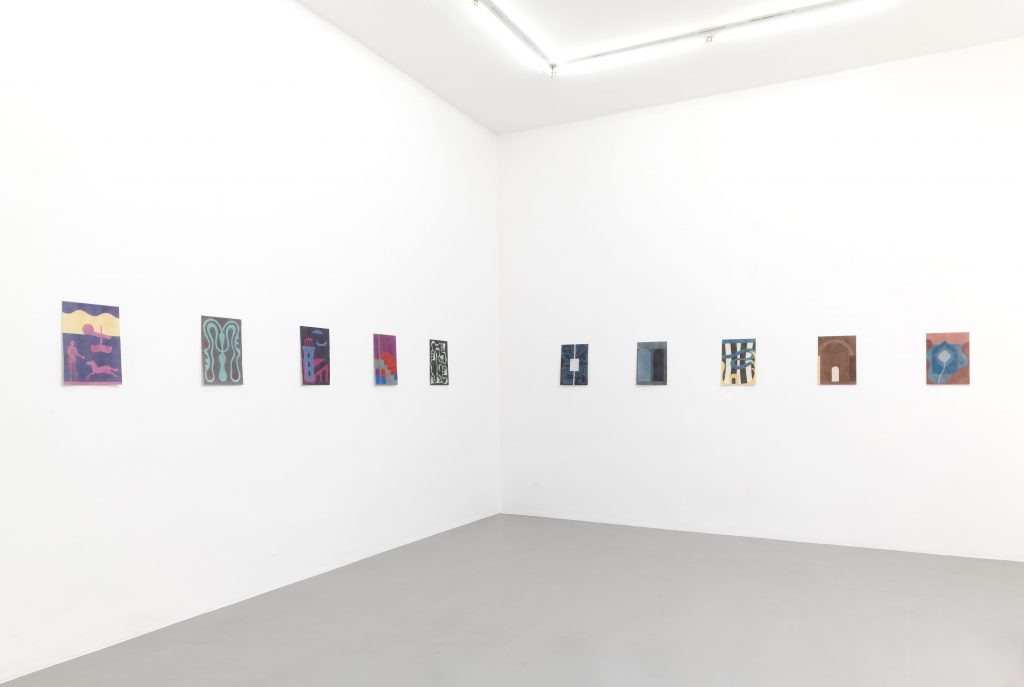
Installation view
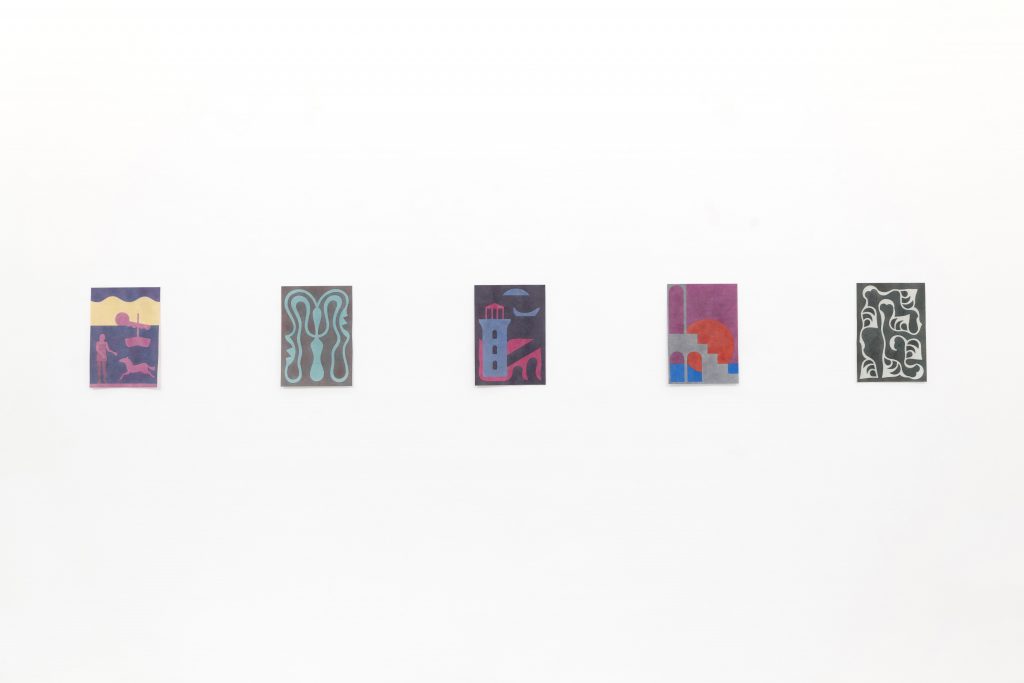
Installation view
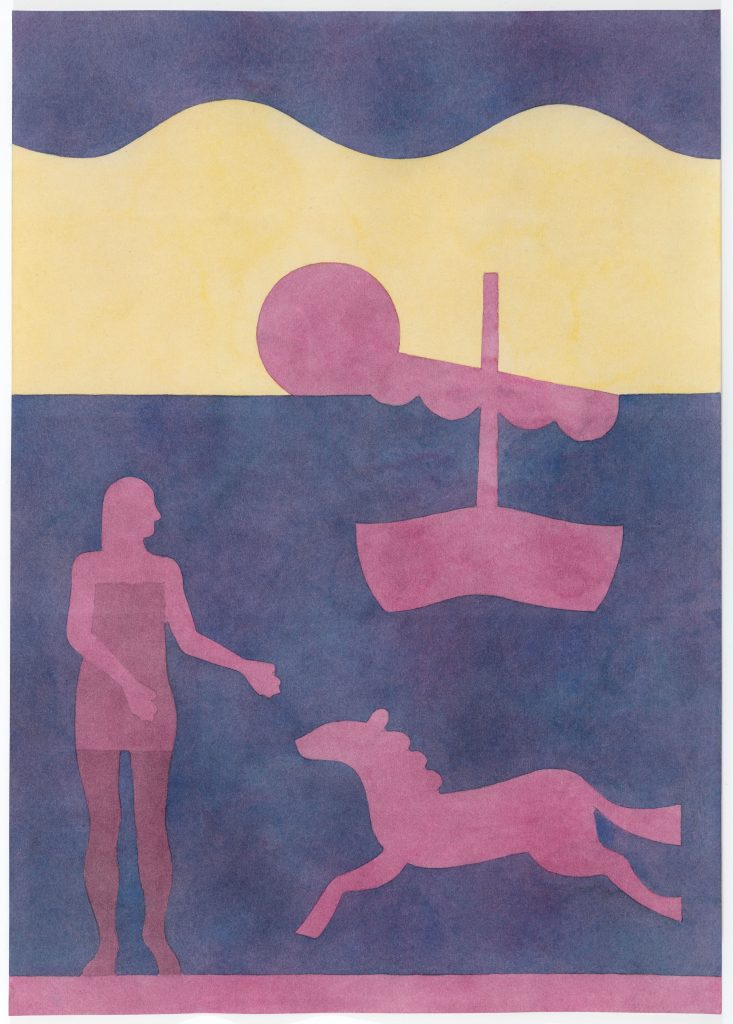
Spielzeug, 2023, Watercolour on paper, 38 x 27 cm
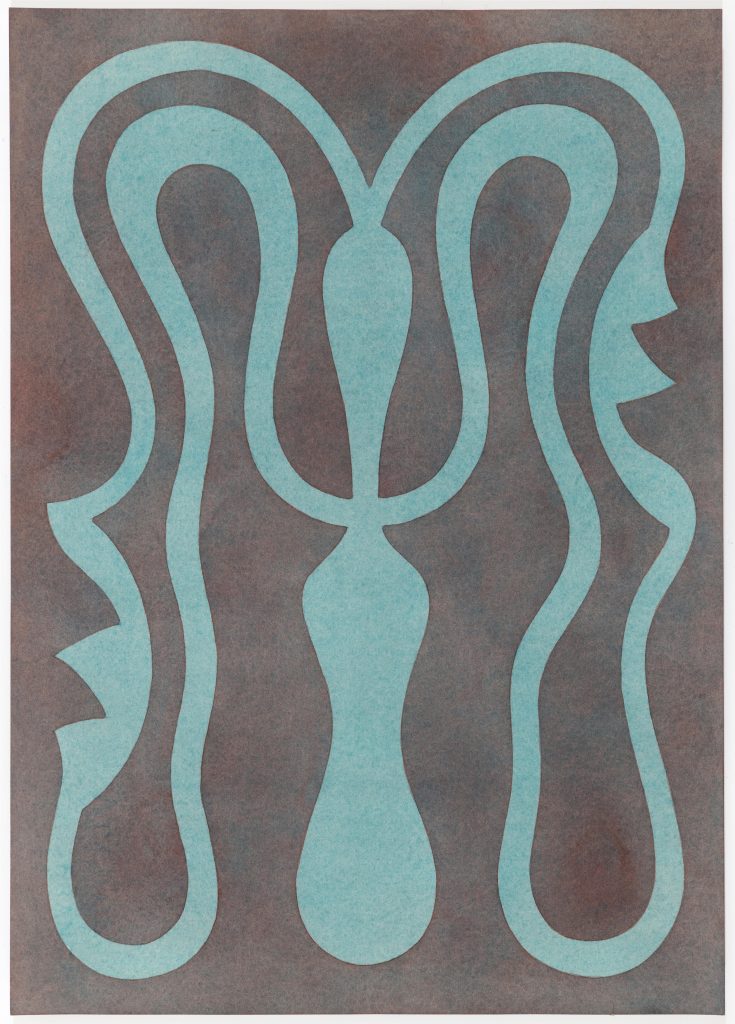
Epyllion, 2022, Watercolour on paper, 38 x 27 cm
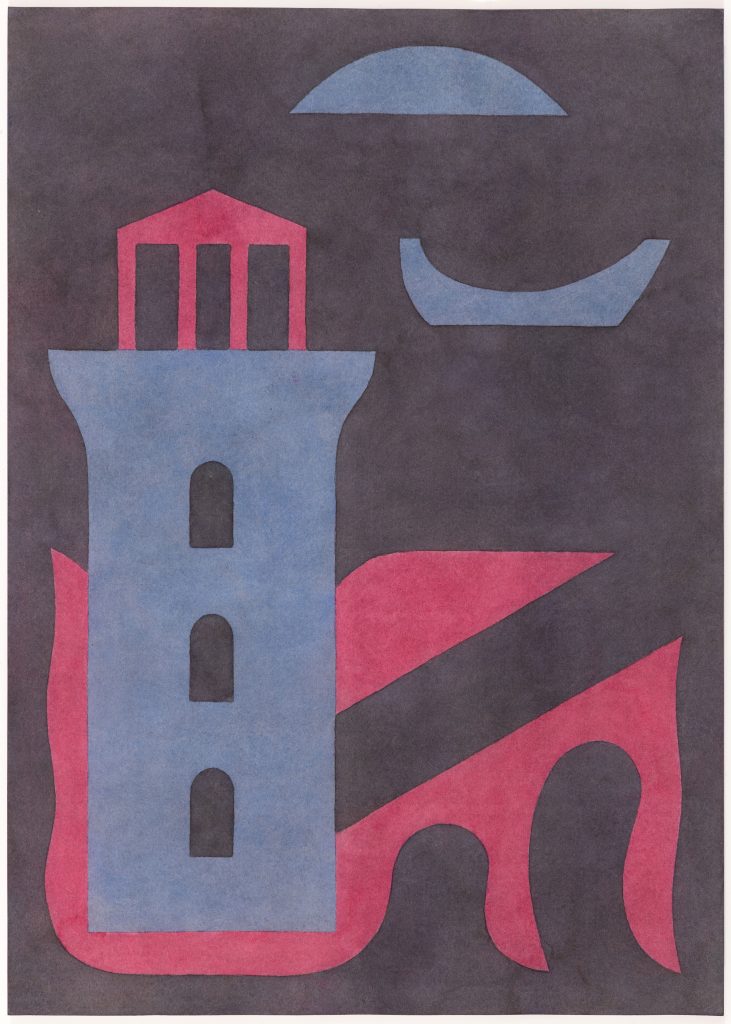
Leuchtturm, 2023, Watercolour on paper, 38 x 27 cm
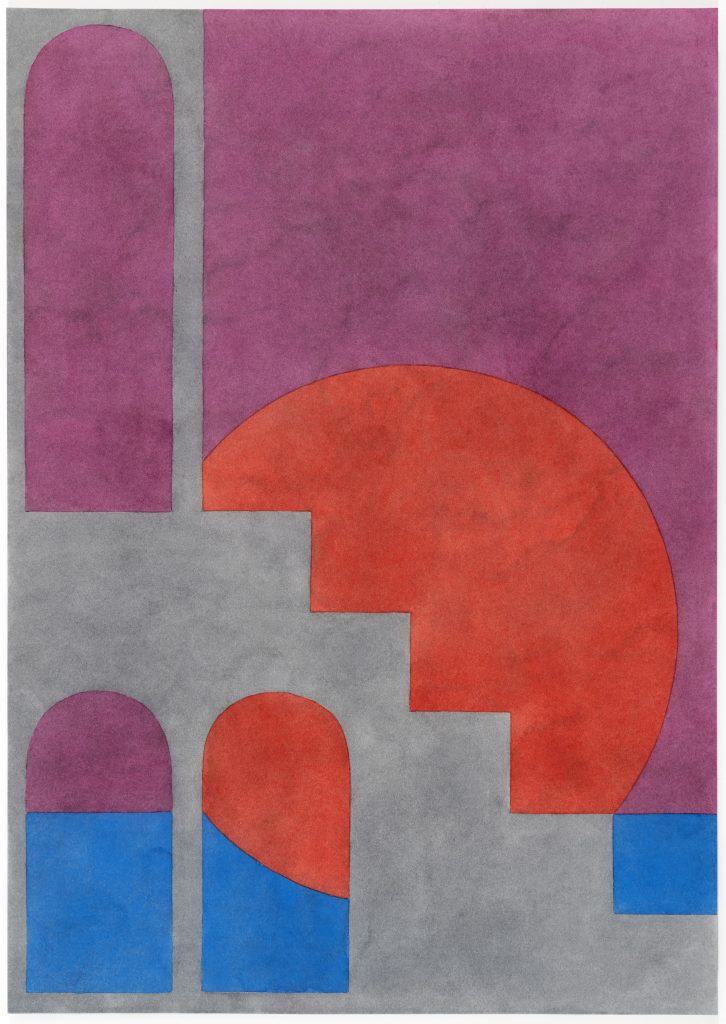
Mirador, 2020, Watercolour on paper, 38 x 27 cm
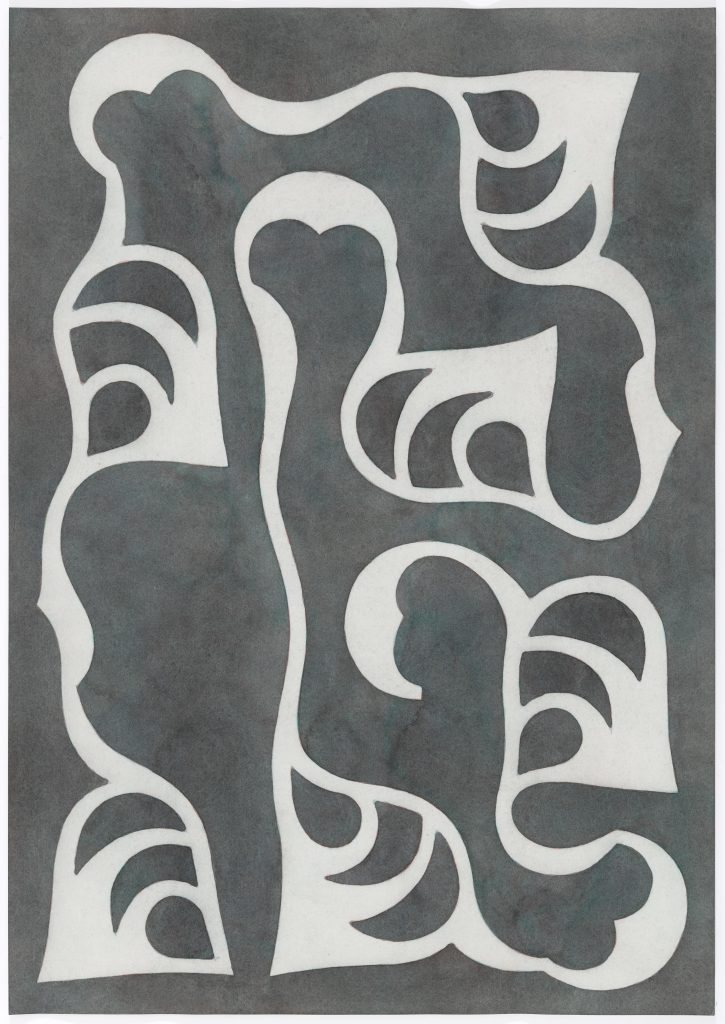
MMIII, 2023, Watercolour on paper, 38 x 27 cm
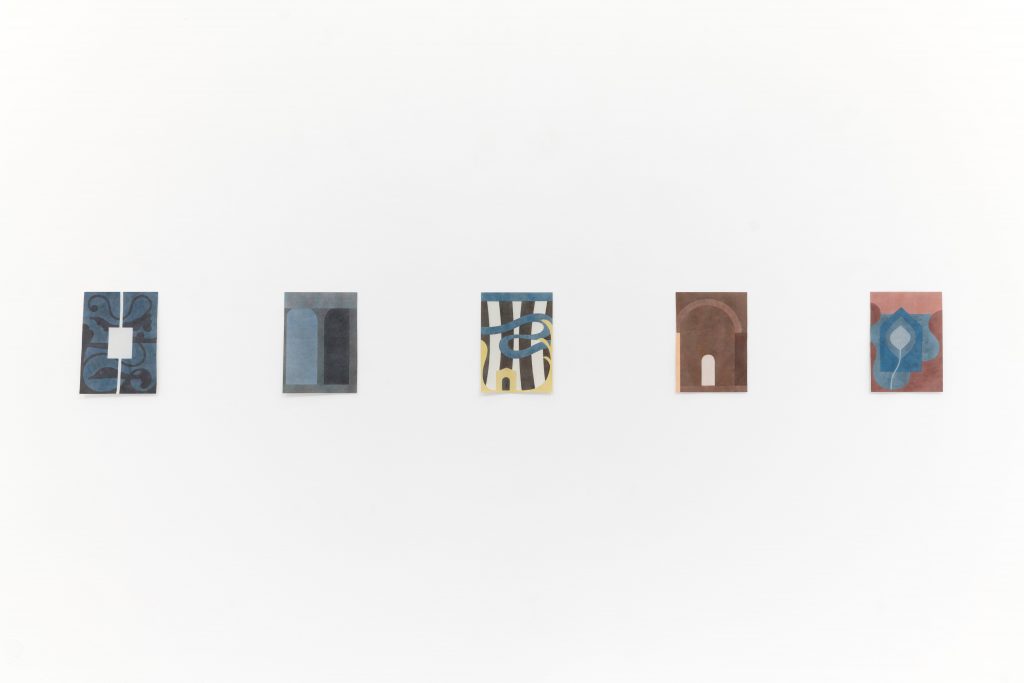
Installation view
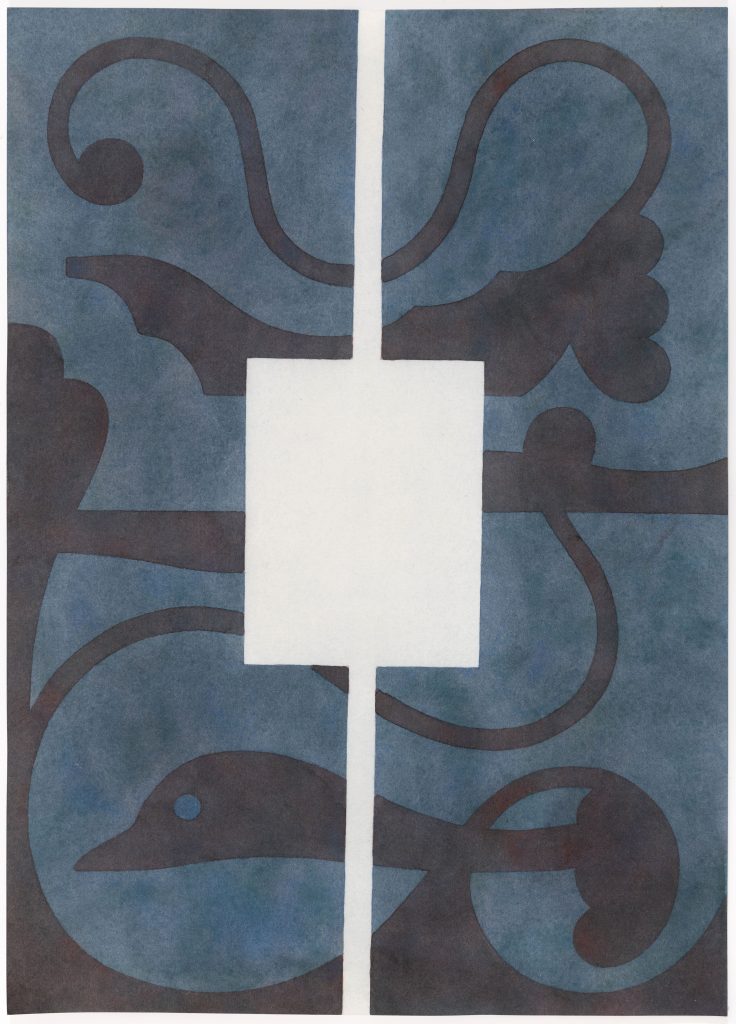
Feld, 2023, Watercolour on paper, 38 x 27 cm
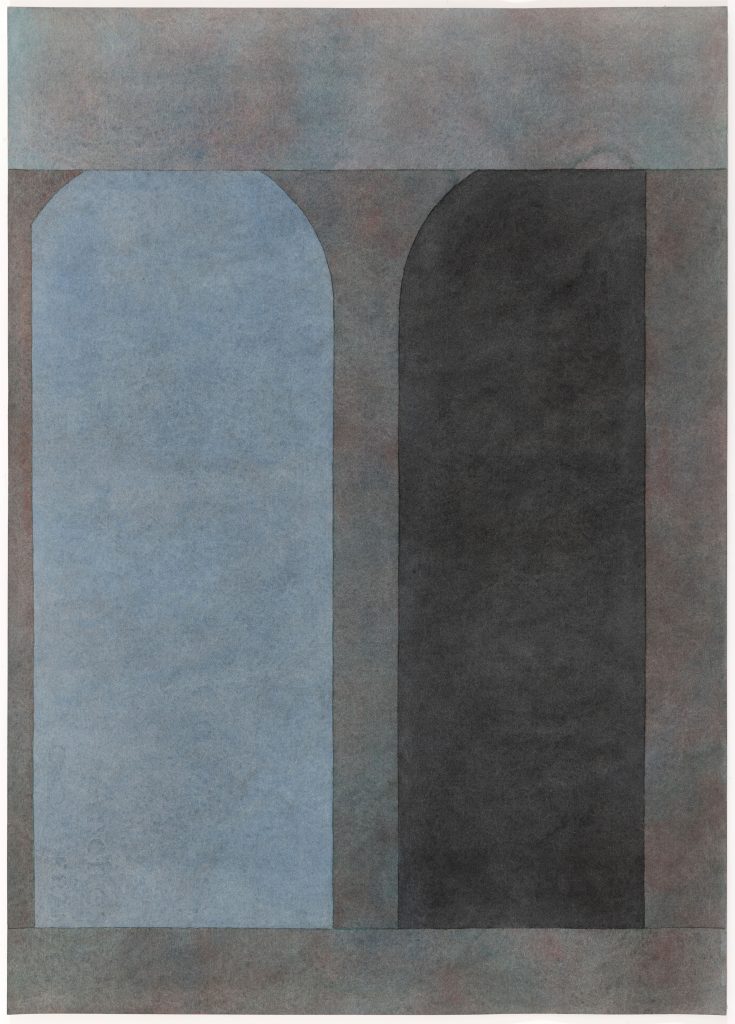
Helldunkel, 2023, Watercolour on paper, 38 x 27 cm
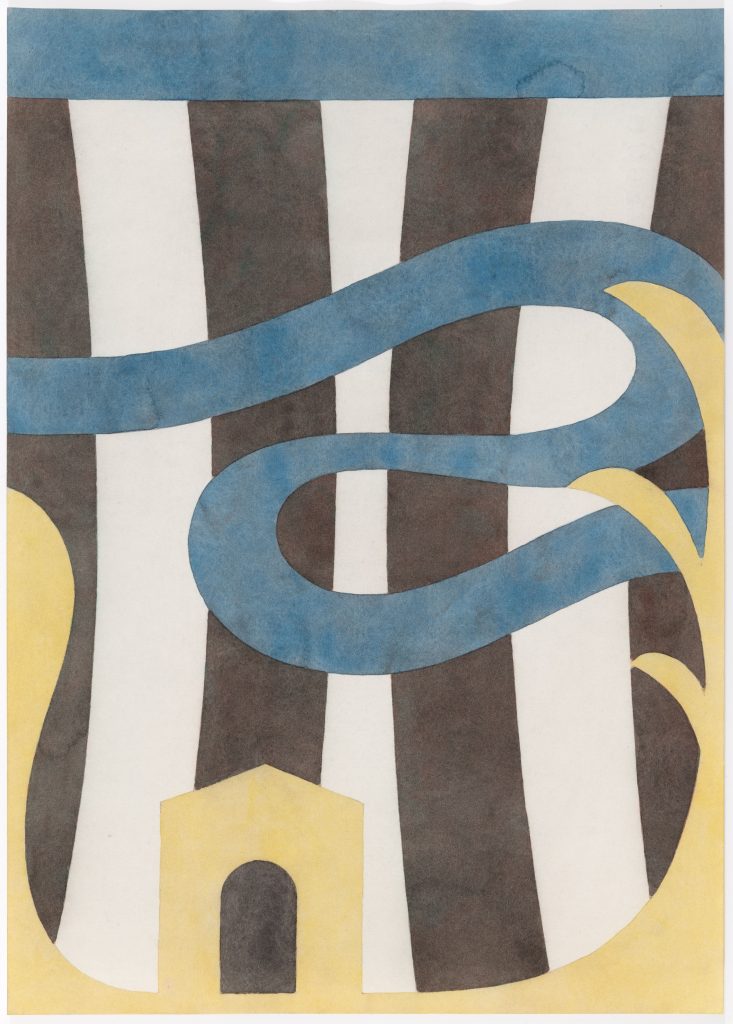
Spur, 2023, Watercolour on paper, 38 x 27 cm
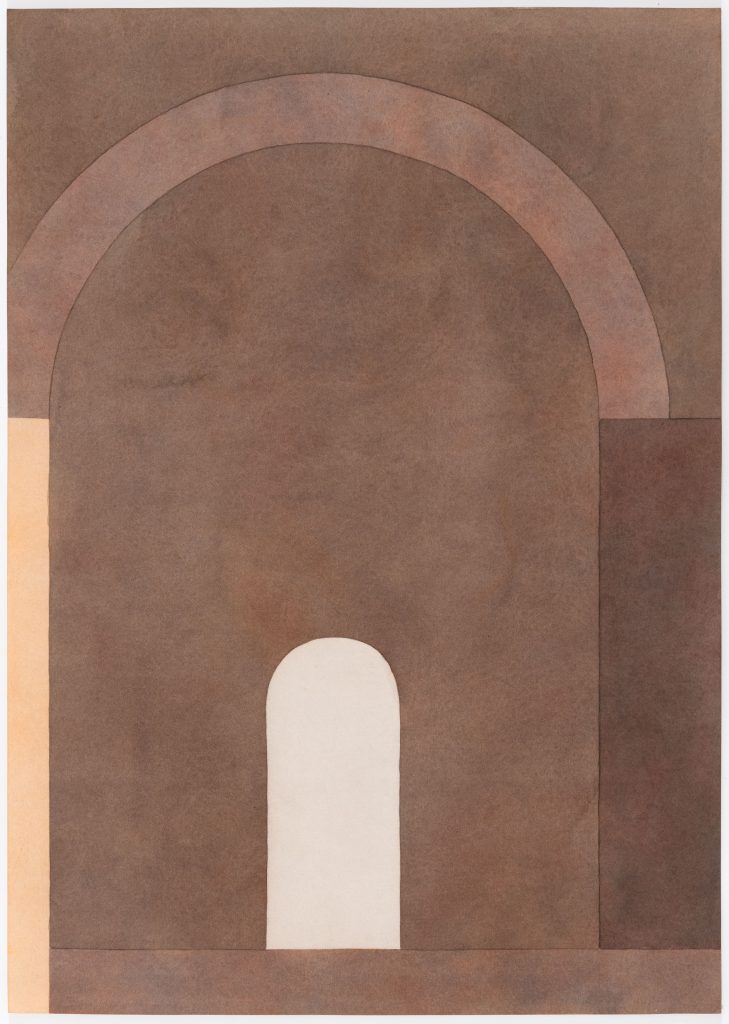
Perspektive, 2023, Watercolour on paper, 38 x 27 cm

Speicher, 2022, Watercolour on paper, 38 x 27 cm
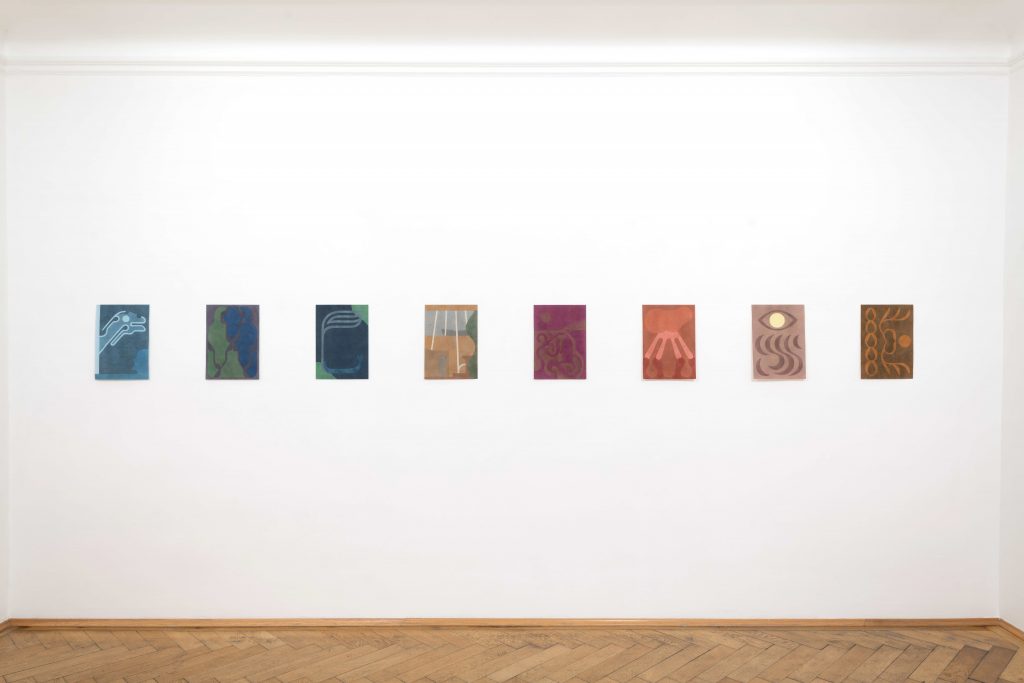
Installation view
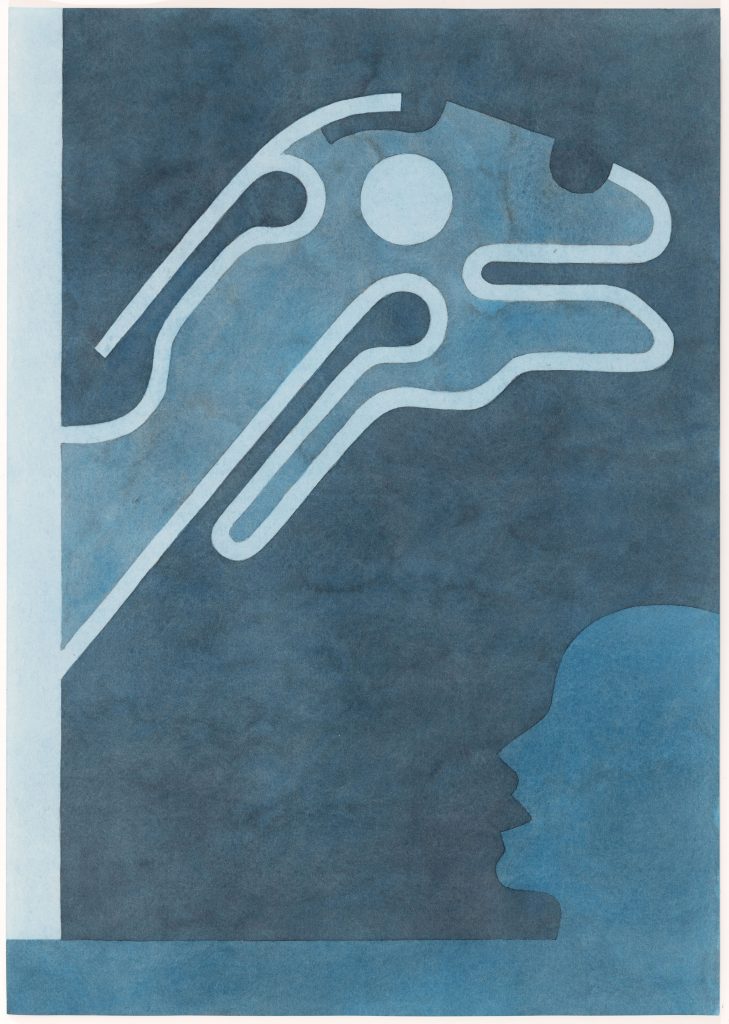
Monster, 2022, Watercolour on paper, 38 x 27 cm
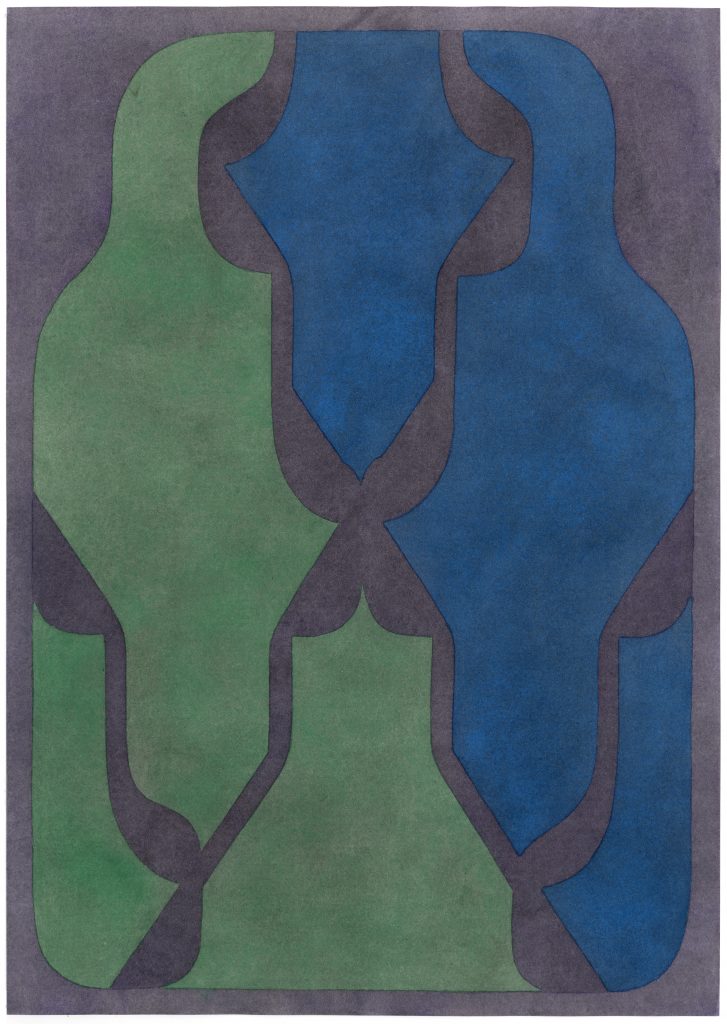
Fenster, 2020, Watercolour on paper, 38 x 27 cm
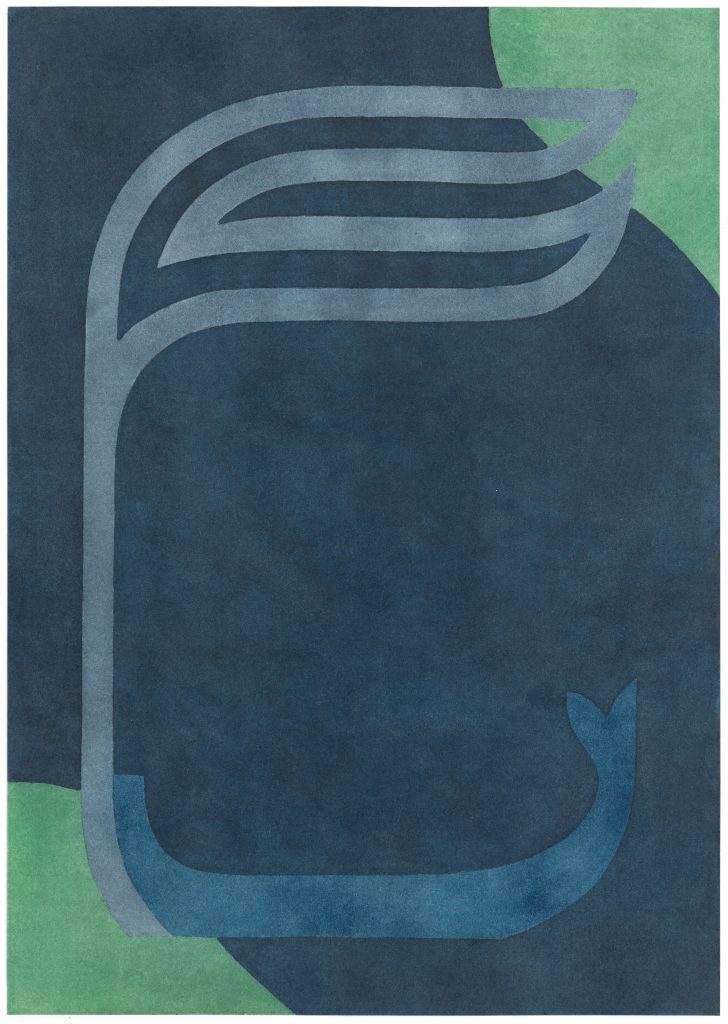
Ufer, 2020, Watercolour on paper, 38 x 27 cm
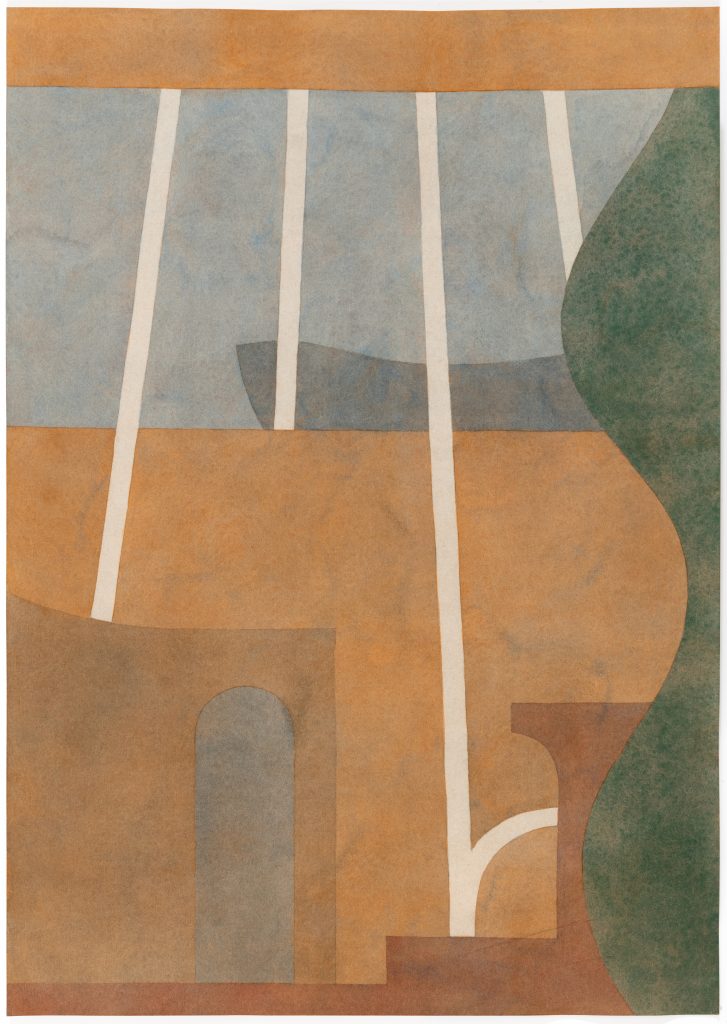
Sonnenstrahlen, 2023, Watercolour on paper, 38 x 27 cm
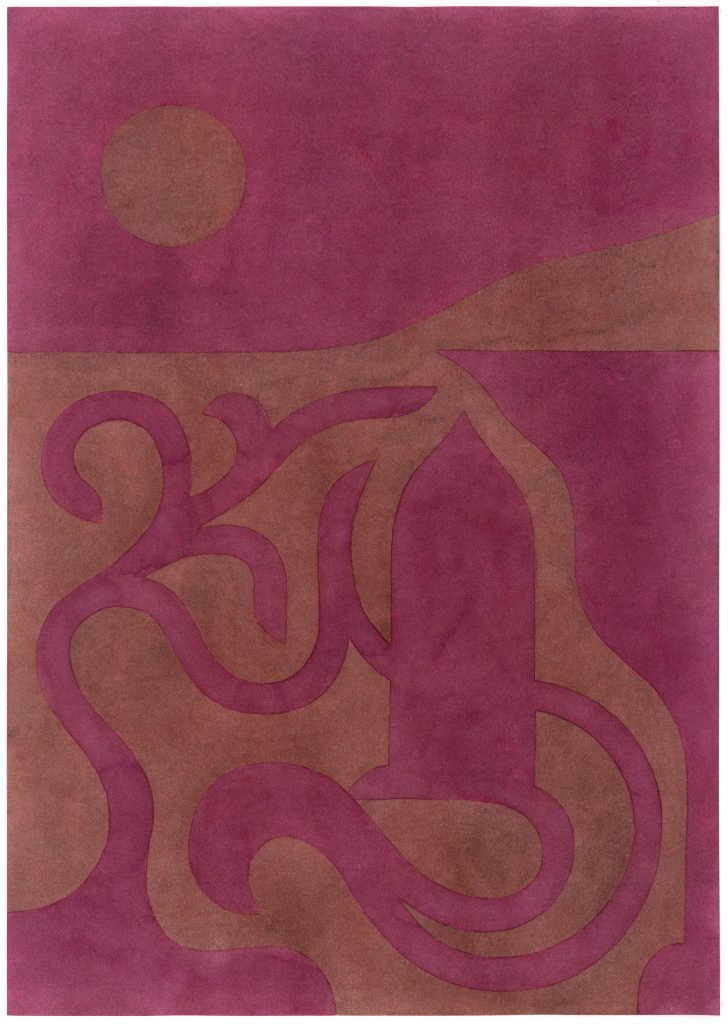
Rot, 2020, Watercolour on paper, 38 x 27 cm
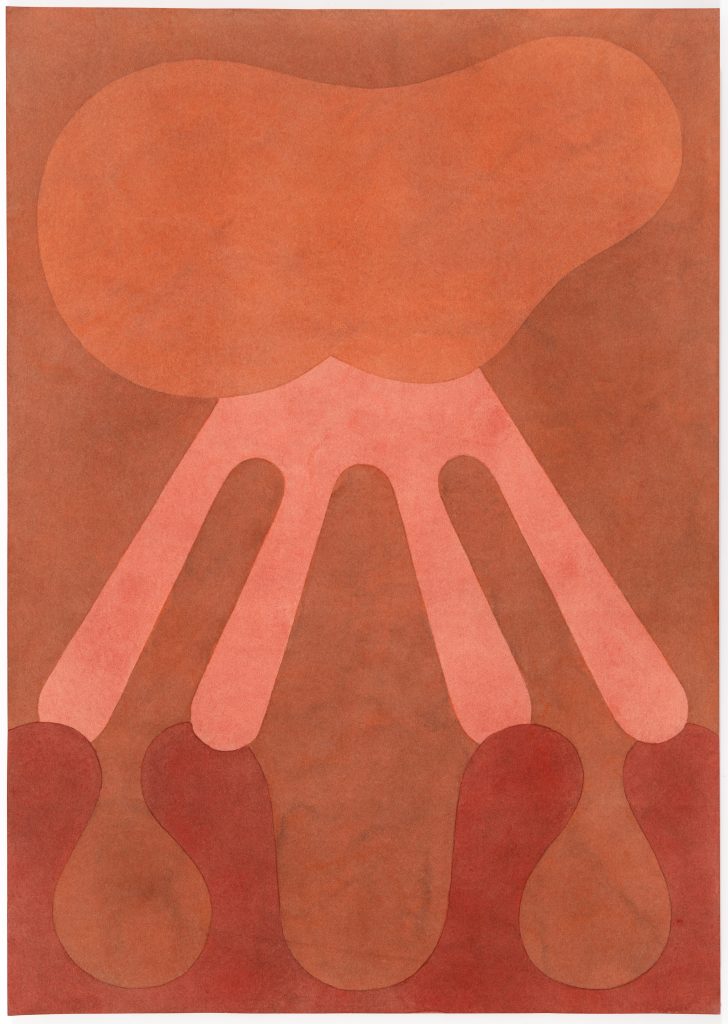
Wolke, 2022, Watercolour on paper, 38 x 27 cm
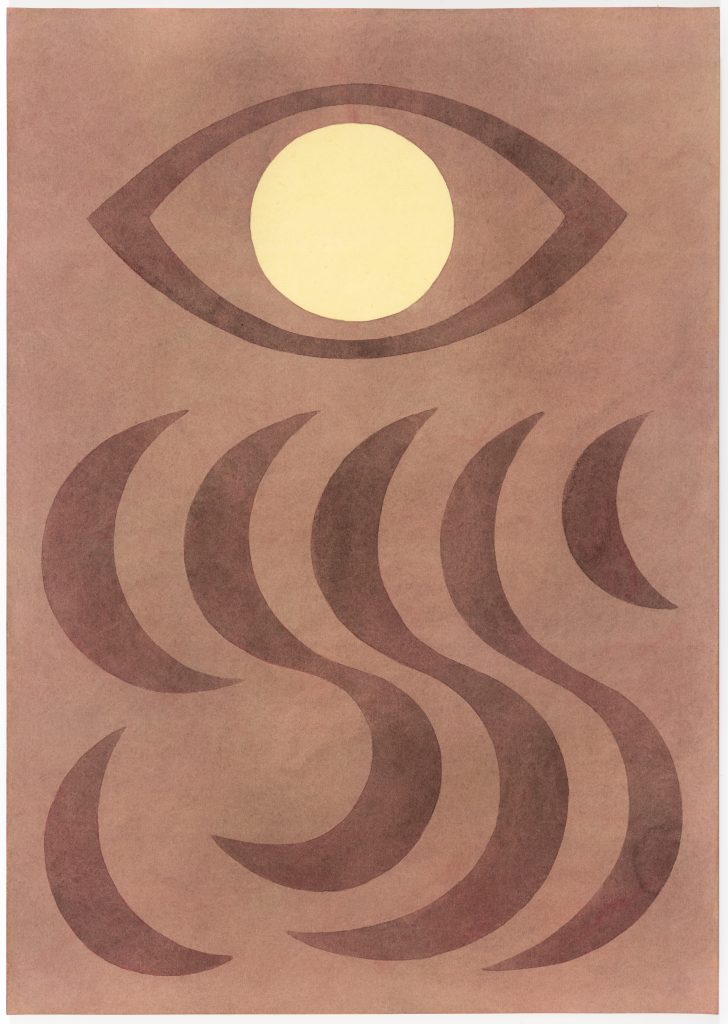
Bart, 2023, Watercolour on paper, 38 x 27 cm
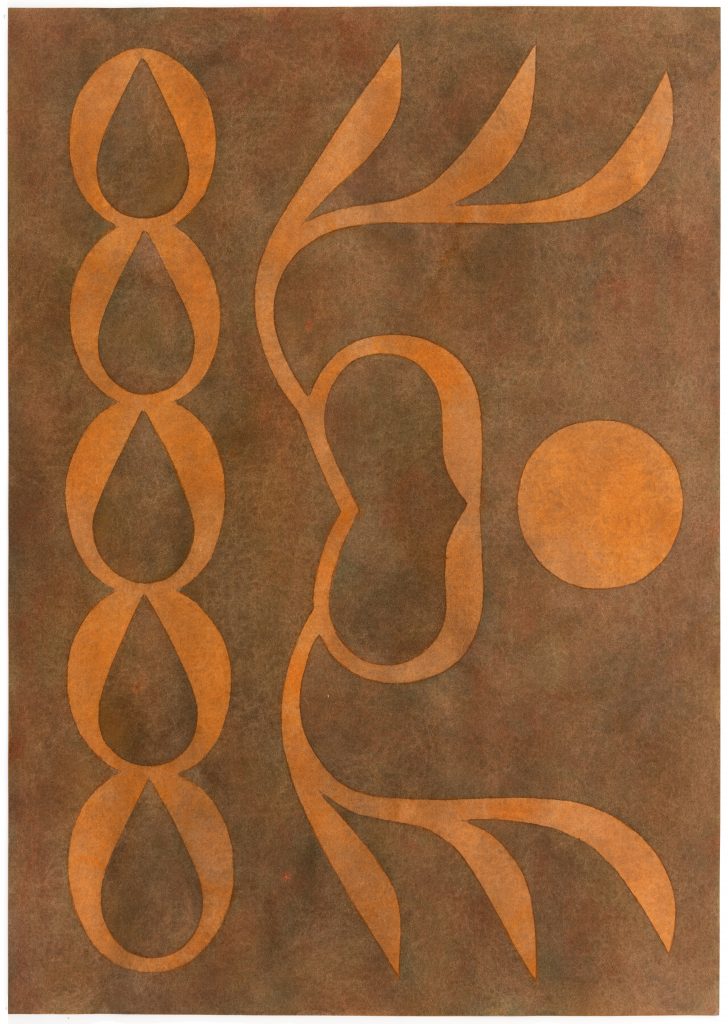
Kette, 2020, Watercolour on paper, 38 x 27 cm
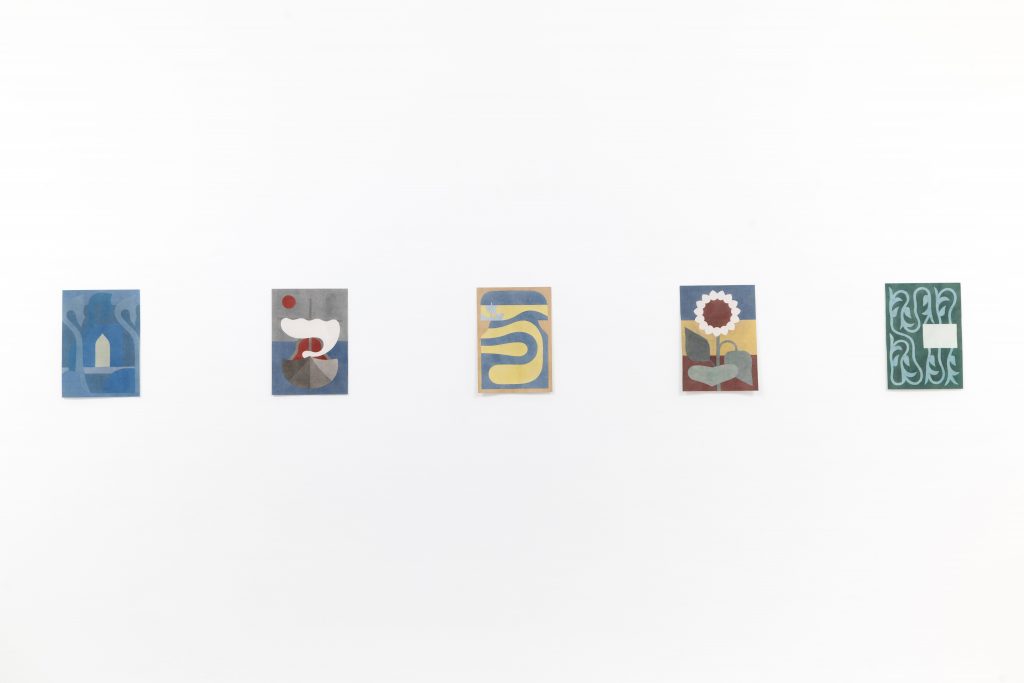
Installation view
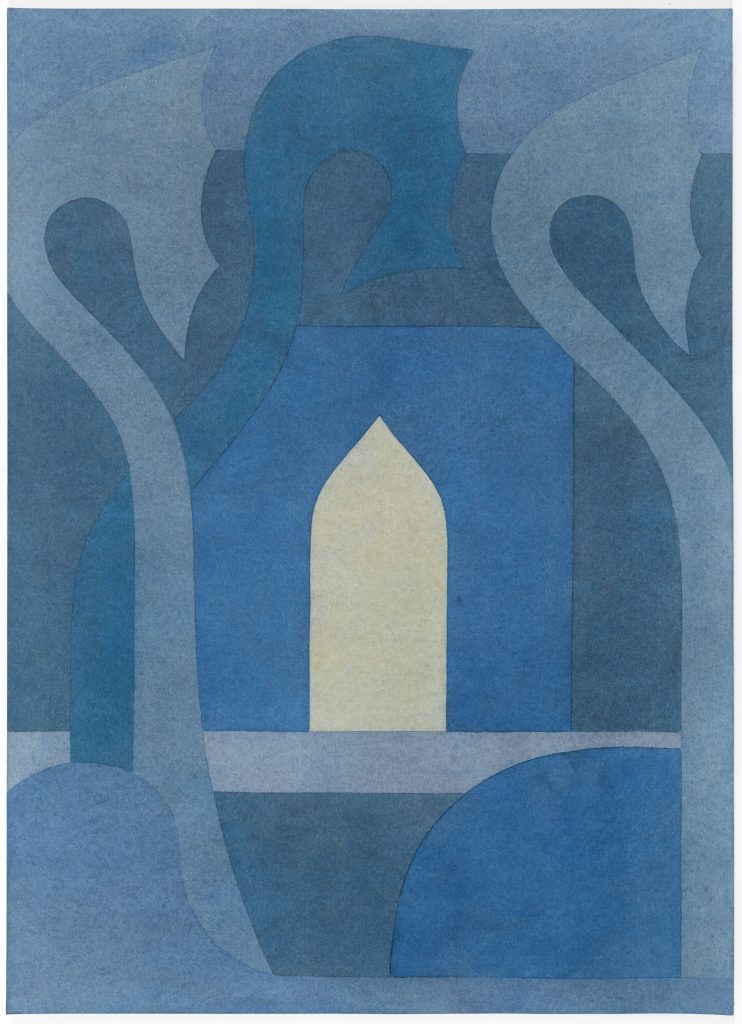
Schwelle, 2023, Watercolour on paper, 38 x 27 cm
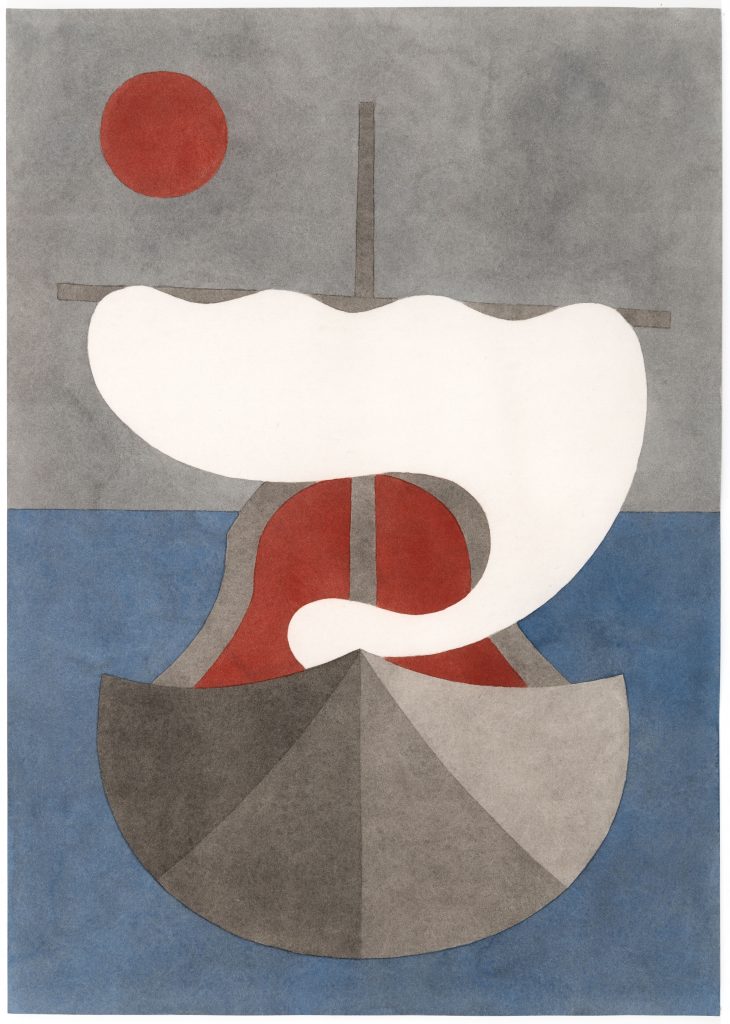
Segel, 2022, Watercolour on paper, 38 x 27 cm
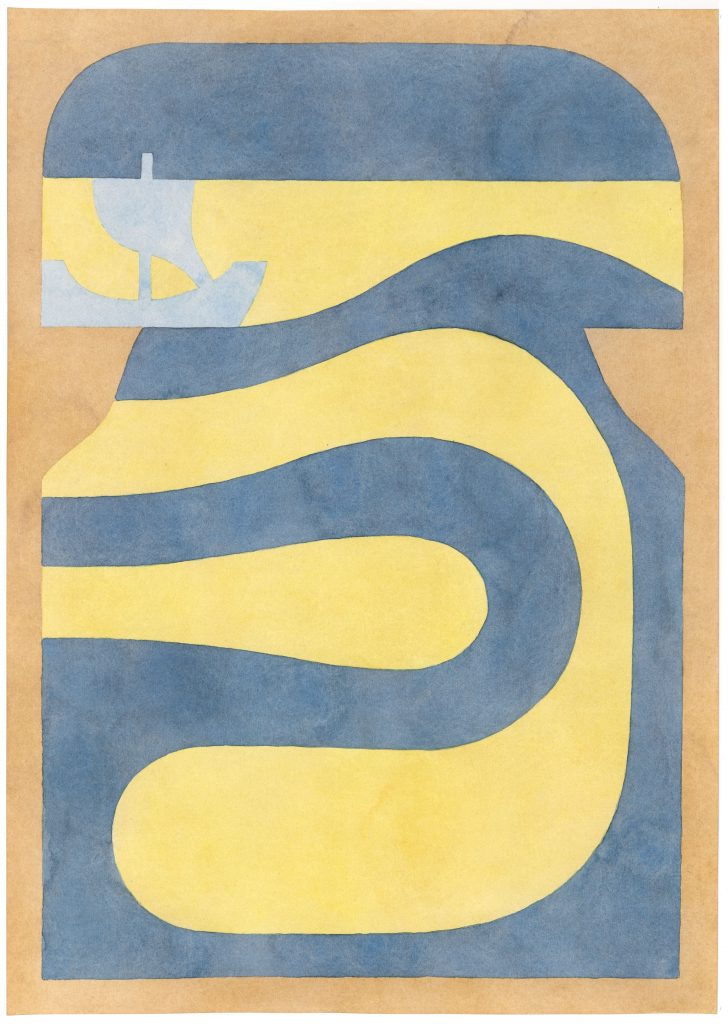
Seelandschaft, 2023, Watercolour on paper, 38 x 27 cm
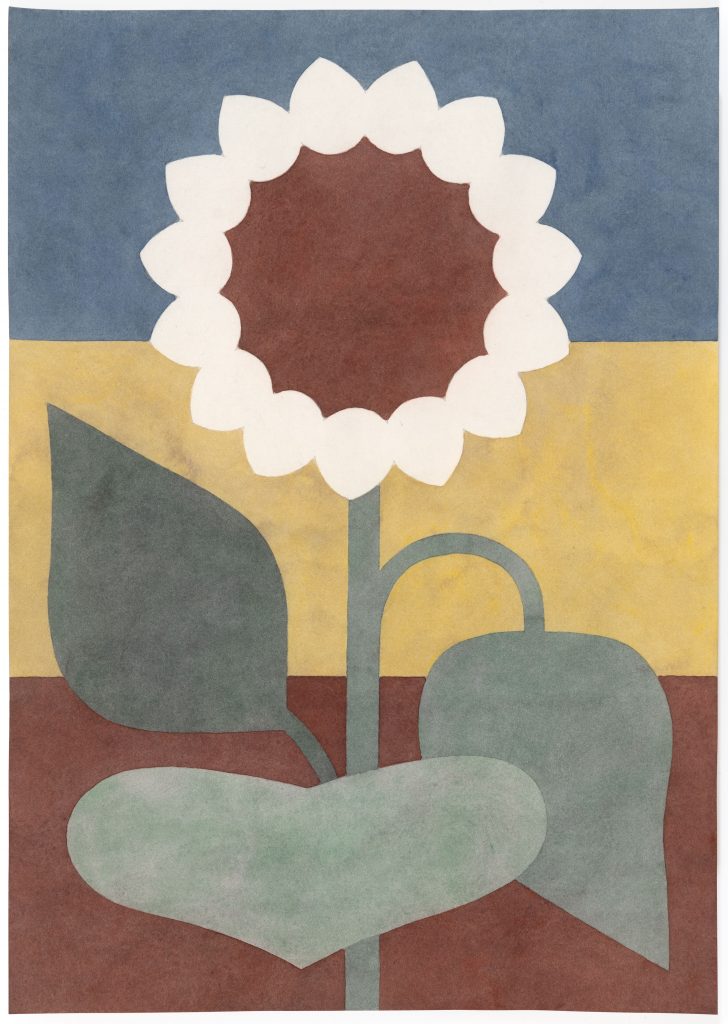
Sonnenblume, 2023, Watercolour on paper, 38 x 27 cm
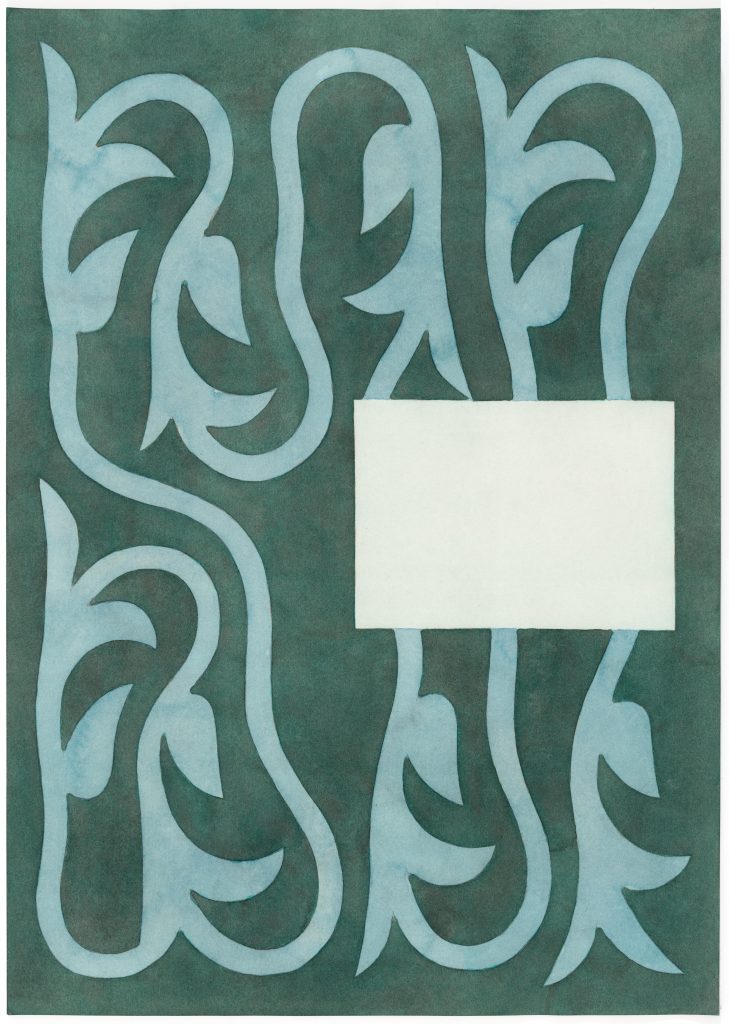
Karte, 2023, Watercolour on paper, 38 x 27 cm
Aeneis
2008 sagt André Butzer von Berthold Reiß: „Zeichen, Sprache, Fläche und Gestalt werden in seinen Skulpturen, Gemälden und Wasserfarben zu einer geistigen Welt zusammengefügt, deren Form und ihre Reinheit fast vergessen machen, an welcher Disparität der Erscheinung unsere Zivilisation erkrankt ist und geheilt werden muss.“ Disparität der Erscheinung kann heißen, dass alles in ungleiche Teile zerfällt. Oder die Welt wird zum Monster, riesig.
In der Kritik der reinen Vernunft steht: „Wenn eine Kugel nicht durch ein Loch geht, was soll man sagen: Ist die Kugel zu groß, oder das Loch zu klein?“ (A 490). Groß und klein sind hier als Werte aufeinander bezogen und nicht als Grade, sie meinen Sinnliches, aber auch Geistiges. Und Kant liest das als eine Sprache, die er ablegen will. In seinem Buch Antinomia liest Berthold Reiß „die römische Geschichte vor allem als das Bemühen, eine auseinanderbrechende Welt immer von neuem zu retten.“ (S. 268)
Rom selbst ist die Stadt, die Aeneas nach der Zerstörung von Troja erst sucht. Nach Berthold Reiß könnte der erste Teil der Aeneis Erwartung ausdrücken, der zweite Erfüllung (cf. Antinomia S. 167f.). Als Aeneas die Gegend von Rom betritt, redet Vergil zweimal von „größer“: „Maior rerum mihi nascitur ordo, maius opus moveo.“ (Eine größere Ordnung der Dinge wird mir geboren, ich bewege ein größeres Werk. VII, 44f.)
Die Aeneis ist eines der ersten Bücher, die illustriert worden sind, sobald die Buchmalerei als ganz neue Kunstgattung aufkam. Die Aquarelle von Berthold Reiß, die seit 2019 entstehen, sind fast alle gleich groß wie die Seiten in einem Buch. Die Wasserfarben stellen sich damit als Serie dar. Gleichzeitig kommt diese Serie zum Stehen im einzelnen Bild.
In Antinomia sagt Berthold Reiß, „dass die Stellung der Kunst zwischen den Trümmern der Erfahrung und den Begriffen, die diese beherrschen, nicht nur gefährlich, sondern auch glücklich sein kann.“ (S. 266)
Aeneis
In 2008, André Butzer said of Berthold Reiß that “signs, language, surface, and shape are combined in his sculptures, paintings, and water-colours to create a spiritual world whose form and purity almost makes us forget the disparity between the appearance our civilisation suffers and must be healed from”. Disparity in appearance can mean that everything falls apart in unequal parts. Or the world becomes a monster, gigantically.
The Critique of Pure Reason states, “if a ball can’t pass through a hole, should we say that the ball is too large or that the hole is too small?” (A 490). Here, large and small refer to each other as values and not degrees; they stand for the sensual, but also for the spiritual. Kant reads this as a language he wishes to discard. In his book, Antinomia, Berthold Reiß reads “Roman history primarily as an effort to save a disintegrating world over and over again”. (p.268)
Rome itself is the city Aeneas seeks out after the destruction of Troy. According to Berthold Reiß, the first part of the Aeneid could express expectation, the second part fulfillment (cf. Antinomia, p. 167f.). When Aeneas enters the area surrounding Rome, Virgil speaks twice of “greater” – “Maior rerum mihi nascitur ordo, maius opus moveo”. (A greater order of things is born to me; I move a greater work. VII, 44f.)
The Aeneid is one of the first books that was illustrated as soon as book painting emerged as a new art form. Almost all of Berthold Reiß’s water-colour works, which he has been creating since 2019, are the same size as the pages in a book. At the same time, the series comes to rest in the individual picture.
In Antinomia, Berthold Reiß says “that the position of art between the ruins of experience and the concepts that dominate these are not only dangerous but can also be prosperous”. (p. 266)
Translated by Melanie Waha